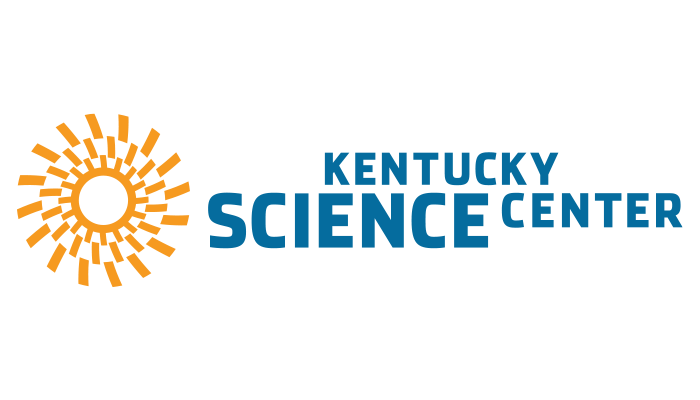While we believe that the books and resources recommended may be of value to you, keep in mind that these are suggestions only and you must do your own due diligence to determine whether the materials are appropriate and suitable for your use. PNC has no sponsorship or endorsement agreement with the authors or publishers of the materials listed.
FALL

Fun With Leaves
Children will explore and sort leaves, and make leaf rubbings.

Lesson Objective
Children will explore different types of leaves, including those we eat; sort leaves; and make leaf rubbings.
ScienceArt
What You'll Need
- Trays – 1 per table, plus 2 for demonstration
- Magnifying glasses – 1 per child
- Different types of lettuce leaves such as red leaf, green leaf, iceberg, romaine, or Boston
- Crayons (a variety of colors) with the paper removed – at least 1 per child
- Thin white paper – several sheets per child
- Edible leafy greens such as spinach leaves, arugula, bok choy, or cabbage
- Several leaves from different types of trees, such as maple, oak, elm, dogwood, elder, sassafras, birch, apple, cherry, sycamore, locust, or any other trees native to your area
What To Do
Note: Prior to beginning this lesson, place an assortment of collected leaves on a tray for each table, plus an additional tray for demonstration. Place the lettuce and edible leaves on a separate tray – keep this tray just for discussing and, later, for taste testing.
- Display a tray of leaves and the tray of vegetable leaves. Ask the children to describe what they see (see Guiding Student Inquiry).
- Discuss the different types of leaves, noting the similarities in the structure of both the tree leaves and the vegetable leaves (see Did You Know?).
- Explain that some types of leaves are vegetables and are edible (see Did You Know?).
- Distribute the magnifying glasses and place the trays of leaves on the tables.
- Have each child choose a leaf. Allow a few minutes for them to examine the leaf and then share observations.
- Have the children brainstorm ways to sort the leaves, and let the sorting begin.
- When finished, have the different tables explain how they sorted the leaves (by size, color, or shape).
- Tell the children to choose a leaf to make a leaf rubbing.
- Distribute crayons and paper.
- Demonstrate how to place the leaf on the table with the paper covering it. Use the side of a crayon to rub over the paper with the leaf underneath. Remove the paper, and display the leaf rubbing.
- Allow children to trade leaves and make rubbings of several different leaves.
Resources
Home School Resources
Home educators: use these printable lesson PDFs to teach this lesson to your home schoolers. They're available in English and Spanish.
Content Provided By
Common Core State Standards Initiative – These lessons are aligned with the Common Core State Standards ("CCSS"). The CCSS provide a consistent, clear understanding of the concepts and skills children are expected to learn and guide teachers to provide their students with opportunities to gain these important skills and foundational knowledge [1]. Visit the CCSS



